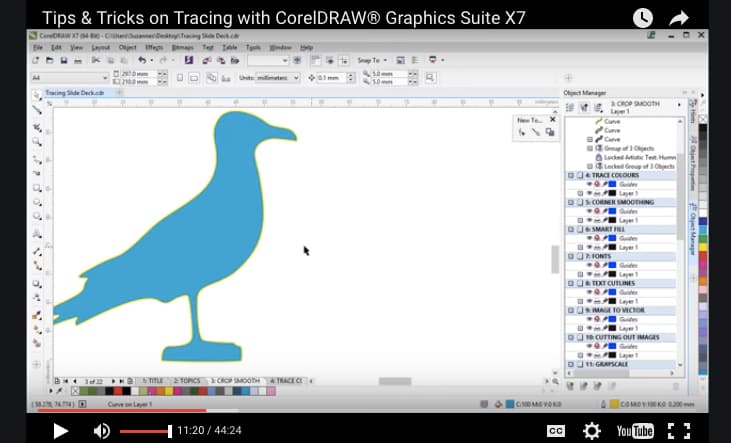
We do not recommend using JPEG files for rasterized vector art, as the compression artifacts substantially degrade the quality of the image near edges. It has excellent compression characteristics and has the nice feature that the user may specify what level of compression they desire, trading off fidelity for file size. One of the most widely-used image formats. They are also commonly used on the web to save bandwidth. They are best suited to photographs and other images where perfect accuracy is not important. These have smaller file sizes but do not store a perfect copy of the image. Some of the most common are: JPEG, PNG, GIF, BMP, and TIFF.īroadly speaking, they fall into two categories: Lossy formats How you create your designs is entirely up to you and both types of images and programs allow for flexible and creative uses, so there's no need to limit yourself to one or the other, but it is important to keep in mind of the pros and cons of each type of image when setting up your work.Ĭheck out our FAQ for more information on our file requirements.There is a large number of different bitmap formats.


However, Raster programs like Photoshop work better for painterly designs that require the mix and blending of colors and effects and it is best to work at actual size or larger. If you're working with typography, you might want to use vectors in order to be able to tweak the size of your design to fit a large print as well as an image meant for the web. the other may limit what you can do with it afterward. While both formats are flexible if you set your files up appropriately, creating your designs in one format vs. You can resize any vector drawing to be as small or as big as you want it to be without any loss of quality. You can see that at 800% maximization, the design's lines remain crisp and there's no pixelation, unlike Raster images. These programs are particularly good for typography work and for graphic work. The original file size is not as important like it would be in Photoshop because you can resize the shapes you create to fit whatever your needs may be. These images use points and curves to render sizes on the fly. Basically, vector allows you to create shapes that are infinitely resizable without any loss in quality. Unlike raster images, vectors are basically math. Vector-based programs include Adobe Illustrator, CorelDRAW, Inkscape, and Affinity Designer. Unless you're making the designs smaller, a raster image not very flexible when it comes to resizing. Likewise, if you resize a design from 100% to 800% it would become even more blurry and pixelated.

That way, if you find yourself in need to resize, you would be making your image smaller rather than larger.Īs you can see, at 800% zoom the individual pixels for the design are very visible. Because of this, it's recommended you work at a larger size than your intended output.

Raster images are best for illustrations and paintings that would not require them to be blown up in size. You can resize your files, but making them larger may cause pixelation and distortion of the image. Your image size is determined by the original size of your file as is the overall image resolution (DPI) Images in raster programs are basically handled as pixels. Raster-based programs include Adobe Photoshop, Corel Painter, Sketchbook Pro, and GIMP. While most programs look like they all work the same way, it's important to understand the way they handle files and even artwork can be very different. In order to digitally create images for your Artist Shop, you'll need to use a graphics program.


 0 kommentar(er)
0 kommentar(er)
